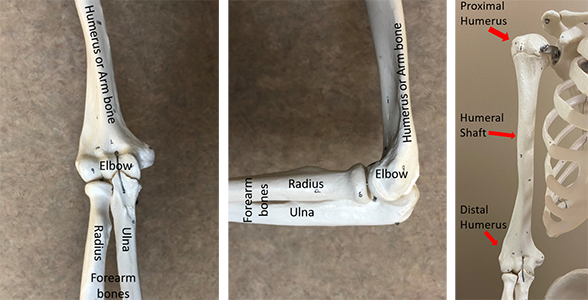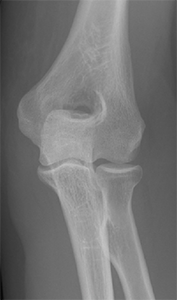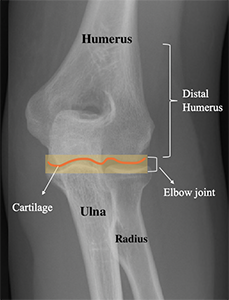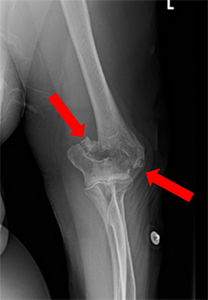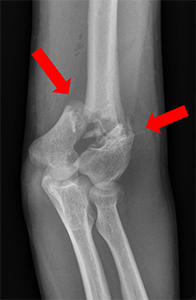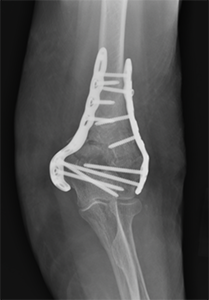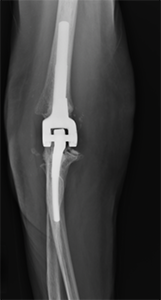Physical Therapy Videos - Humerus
What Is It?
The humerus is the long bone in your upper arm. It's part of both your shoulder and elbow joints. There are many muscles, nerves, and blood vessels around the humerus. The lower part of the humerus is called the "distal humerus." It has a smooth layer at the end, which is part of the upper part of the elbow joint. The other bones in the lower part of the elbow joint are the ulna and the radius. There's a big nerve called the ulnar nerve on the inner side of the distal humerus and elbow. This is the nerve that causes pain when you hit your "funny bone." A broken distal humerus can cause pain, swelling, and bruising around the elbow. You might also feel numbness and tingling in your fingers.
How It Happens
Distal humerus fractures are not very common. They can happen after a fall, a direct hit to the area, or a bigger accident like a car crash.
First Steps
When you break your distal humerus, your elbow will be painful, swollen, and bruised. You'll likely go to a hospital or clinic for treatment. The doctor will check your elbow, and then take x-rays to see if the bone is broken. They'll put your elbow in a plaster splint to keep the bones in place. Most distal humerus fractures need surgery. You'll probably see a bone doctor (orthopaedic surgeon) who will talk to you about your fracture and the treatment you'll need.
Treatment
If your break is very small or if you have weak bones, you might be treated without surgery, using a splint or cast. But most distal humerus fractures need surgery. The surgery is usually done by making a cut at the back of the elbow and finding the bone. The broken bones are then put back in the right place and fixed with metal plates and screws. Sometimes, in elderly patients, the bone doctor may recommend an elbow replacement instead of fixing the bones.
Recovery
After surgery, you may have a splint on your elbow for a while. Your surgeon will see you for a follow-up visit one to two weeks after surgery. They'll remove the splint and might take x-rays. Your surgeon will tell you when you can start moving your elbow and how much you can lift with your arm. You might also need physical therapy to help you move your elbow without it getting stiff.
Long Term
Most people can return to their activities after a few months. At first, you might have some pain and weakness, but this usually gets better over time. Most people have some stiffness in their elbow after it has healed. It's also possible to have some numbness or tingling in the fingers for a few months after surgery. There's a chance you might get arthritis in your elbow later in life. If you had an elbow replacement, you should not lift more than five to ten pounds with that arm for the rest of your life.
Physical Therapy Videos - Humerus
More Information
---
Niloofar Dehghan, MD, FRCSC
Edited by the OTA Patient Education Committee and Steven Papp, MD (section lead)
All x-rays and pictures taken from the personal collection of Dr. Dehghan and Christopher Domes, MD

